If there is one word that describes Port Arthur it is paradox. Port Arthur was established in the early 1800s for the housing and rehabilitation of re-offending convicts transported to Van Diemen’s land. Most convicts were rural poor or from urban slums who had engaged in property theft – viewed harshly by British law. At the time children over seven were deemed able to tell right from wrong and were jailed with adults – children aged as young as nine qualified for transportation to Australia. While Port Arthur represents much of the brutality of the convict era such as lashings with the “Cat o Nine Tails”, it also represents social reform. It was at Port Arthur that convict children were, for the first time in the British Empire housed separately to adult prisoners – at Point Puer. Moving from a program of physical to mental and emotional punishment a separate prison was built at Port Arthur, where convicts were housed in complete silence and isolation from others – being hooded from view when they were out of their cell. The long term mental health of many convicts crumbled after being housed in the separate prison. Paradoxicially though, the mental asylum at Port Arthur was the first of its era that sought to treat the mentally unwell with compassion. In contrast to the punitive treatment of the mentally ill that was the mainstay in that era, healthy living and kindness were the treatment protocol at Port Arthur. Similarly, at a time when many poor in London were destitute, a pauper’s house was built as a home to elderly ex-convicts who could not support themselves.
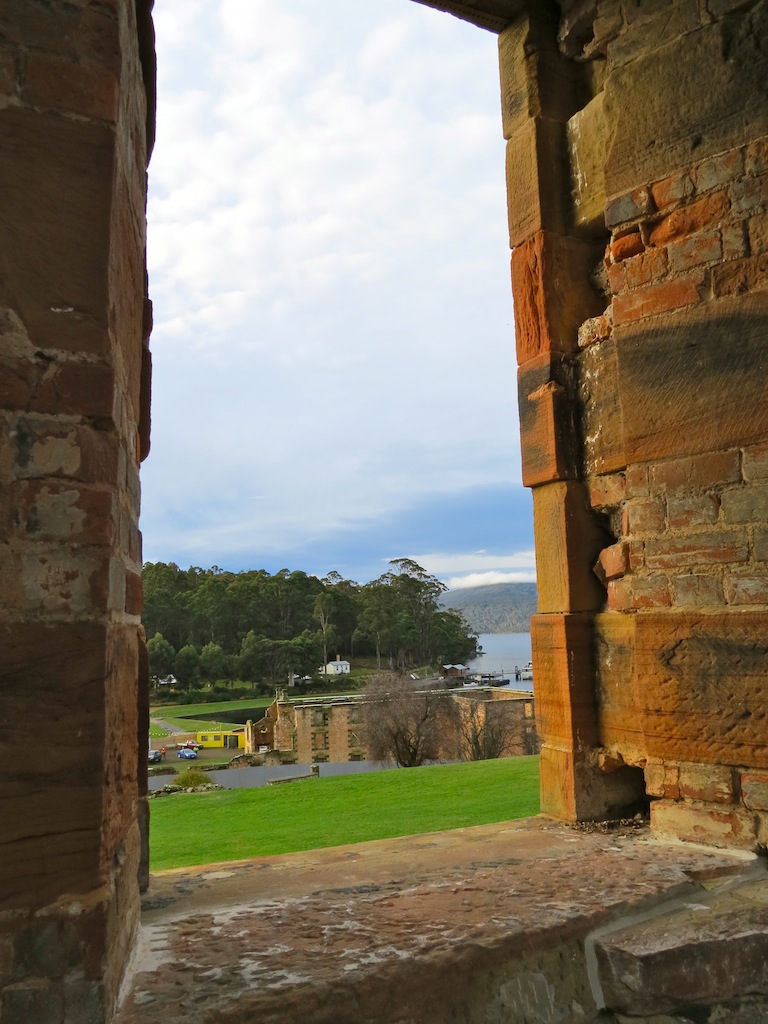
The view from the hospital Port Arthur. The most rudimentary surgery was performed at the hospital and outbreaks of infectious diseases were feared.
We visited the Port Arthur Historic Sites as a family of five with our three year old, five year old and three month old baby. Despite the site dealing with adult themes – crime and punishment, the older two children remained interested and actively participated during our half day visit. Set on a majestic peninsula a large number of historic buildings sit among beautiful gardens. While some have been damaged by bushfire, and are now ruins, albeit ruins filled with ambience, others are complete. The penitentiary, the hallmark building of Port Arthur is currently under renovation and was off limits for safety reasons. There are also museums through which to wander and that give visitors interactive opportunities such a trying on leg shackles, and searching convict databases for forebears. As someone that has lived and worked in remote localities I could only imagine the isolation of people living in Port Arthur with the nearest outpost of the British Empire, Hobart nearly 100km away. My mind also turned to the mothers and children, families of men employed in various roles at Port Arthur during the years that lived there too. How would it have been to raise children alongside prisoners, and the public spectacle of beatings and brutality?
Many people spend two days exploring Port Arthur, and there is plenty that is interesting for even luke warm history buffs. Due to the ages of our children, we chose a bronze family pass. This provided us with entry to the site, an introductory tour and cruise on the harbor. Rather than push our luck with our kids we opted to spend a half day only at the site. Portable seats, and onsite mobility buses helped stretch the kid’s attention span. Additional tours are on offer allowing visitors to learn more from the excellently informed and enthusiastic guides, such as a tour of the “Isle of the Dead” grave yard, and Port Puer boys prison.
Port Arthur can be accessed via Hobart (it is a 90 minute drive). The drive is brimming with interesting stops for those that have time to spend such as fruit farms and scenic coastal walks.
On Sunday 28th April 1996 a gunman, armed with three high powered automatic firearms killed thirty five people at, and near Port Arthur convict settlement. The trauma of that day is still with many of the staff working at Port Arthur, many of whom lost friends, family and colleagues. Consequently visitors are requested not to ask guides about the incident, or to mention the gunman’s name. A pamphlet briefly outlining the events of that tragic day can be found here. At the site there is a memorial garden commemorating the victims. We chose not to visit the memorial garden with our own children, all the while being acutely aware of the tragedy that had occurred at there in recent history. The reason – we just didn’t want our five and three year old boys to know yet that such things can occur – we shield them from television news whenever there is coverage of other such unspeakable acts. They will discover the real presence of evil in the world eventually. Perhaps as an other paradox, I am more comfortable with having my children hear tales of horror from a bygone era, in contrast to one from our own. As a consequence of the Port Arthur massacre Australian state and federal governments enacted gun control reform – we now have among the strictest gun control laws in the world – a triumph for public health.
Bubs on the Move provides tips and advice for parents traveling with small children including attraction and accommodation reviews. You can join us on Facebook or Twitter to receive updates to your news feed.
This post is linked to Friday Postcards at Walking on Travel.
© Copyright 2014 Danielle, All rights Reserved. Written For: Bubs on the Move

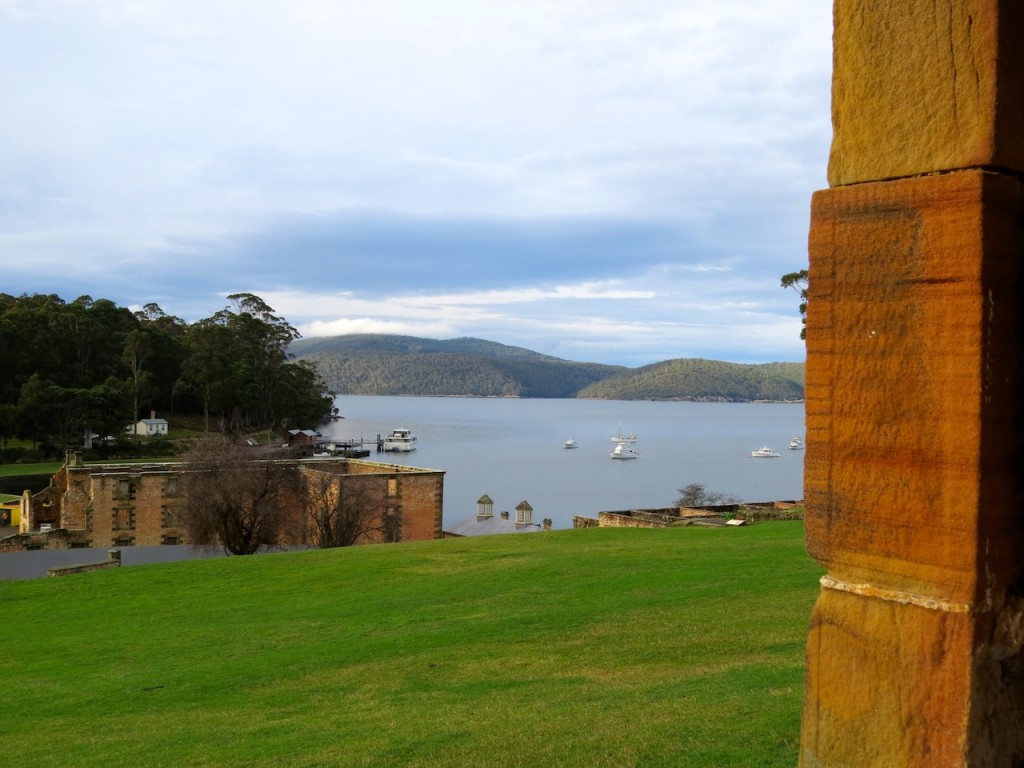
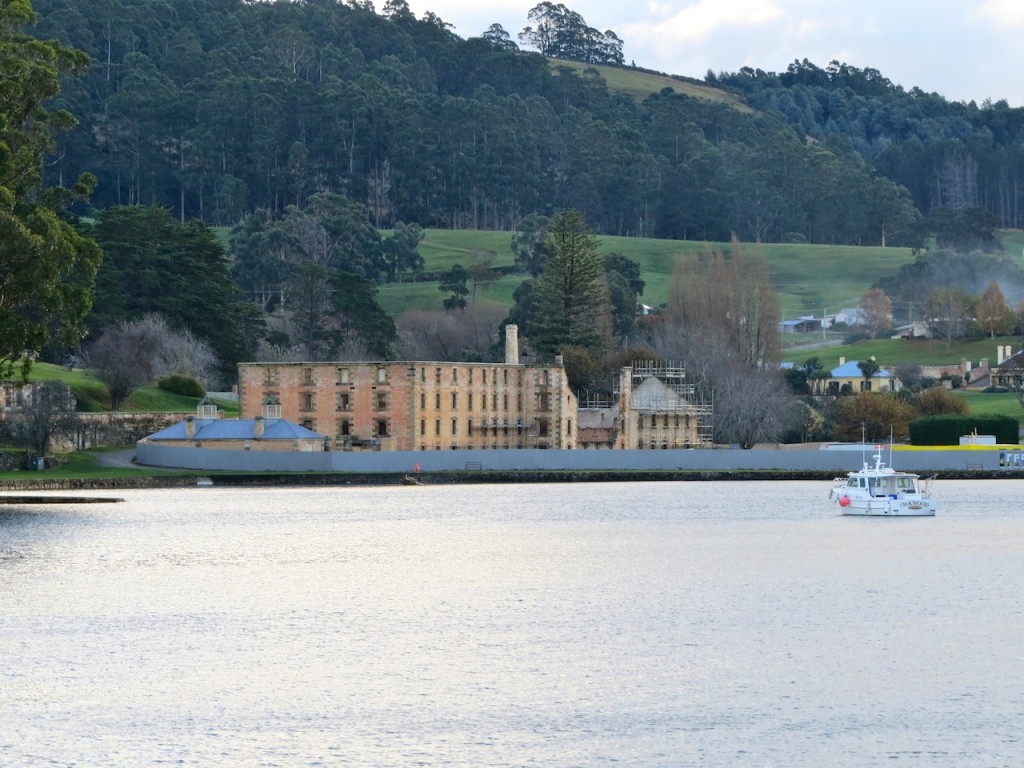
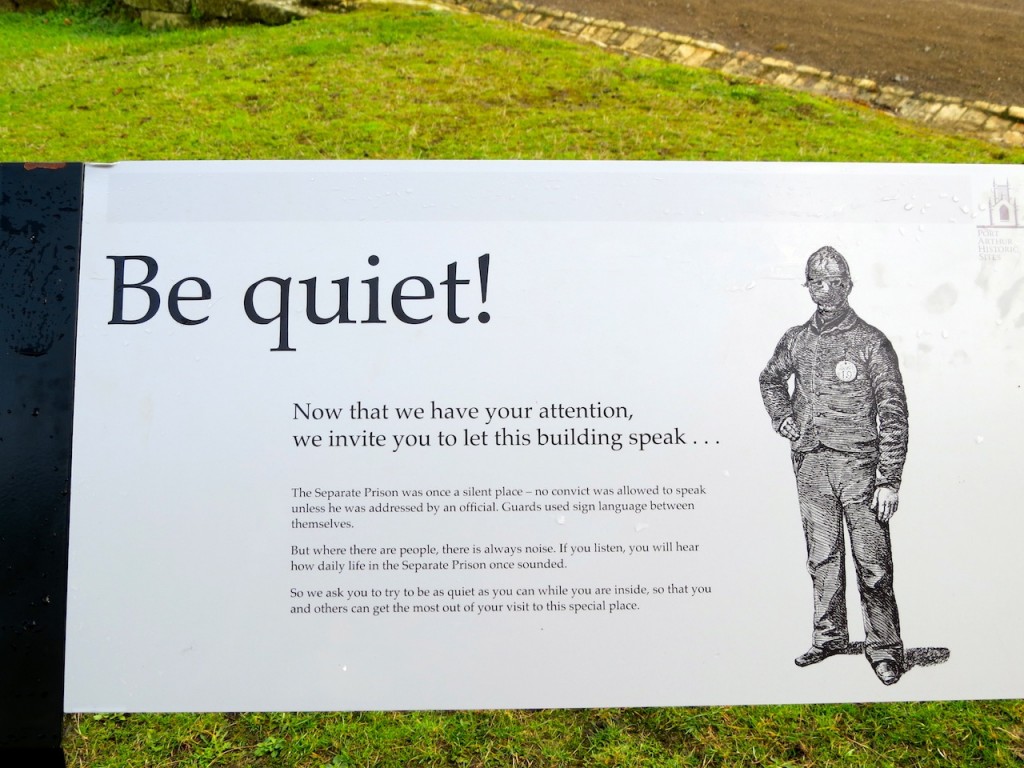
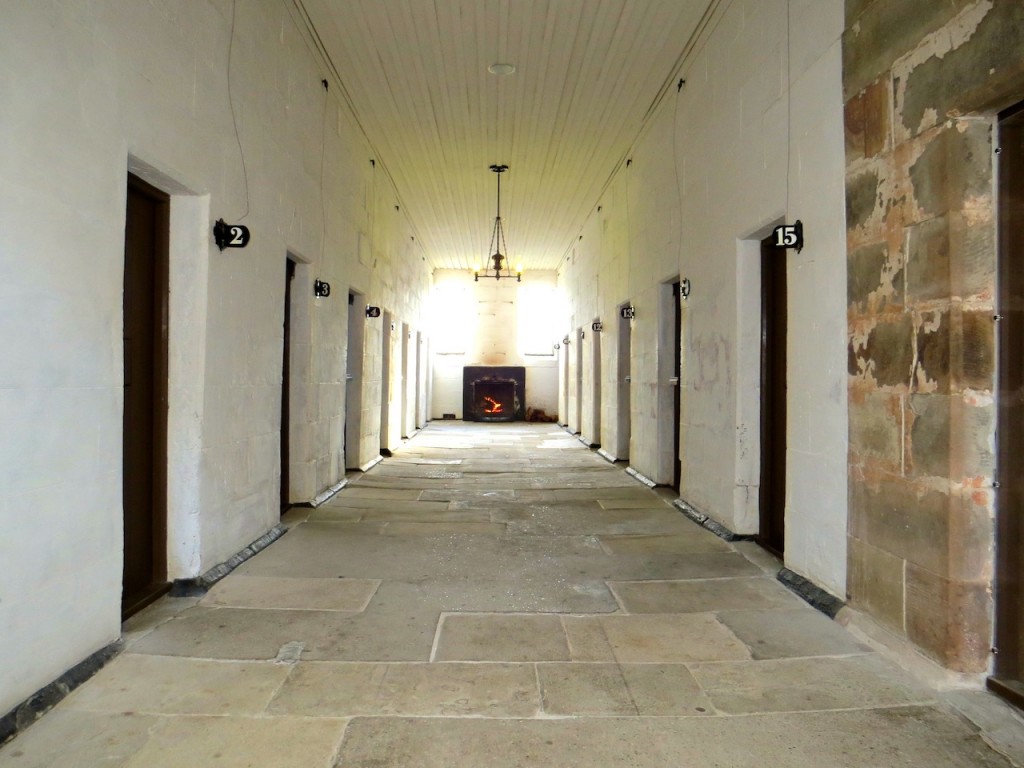
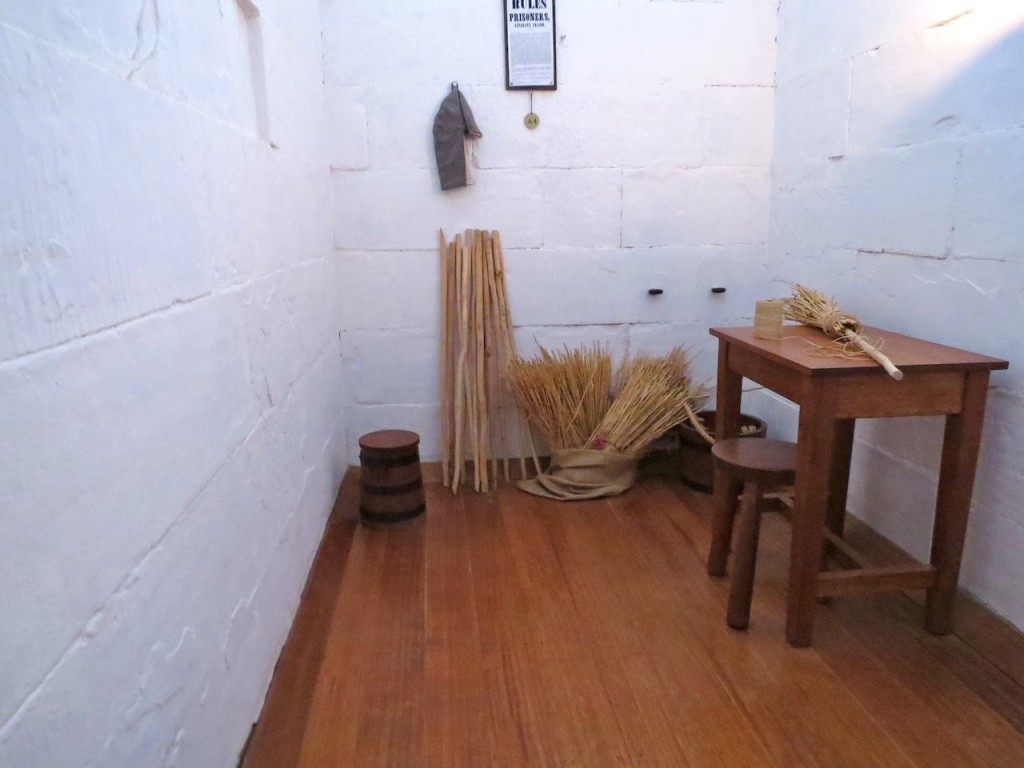
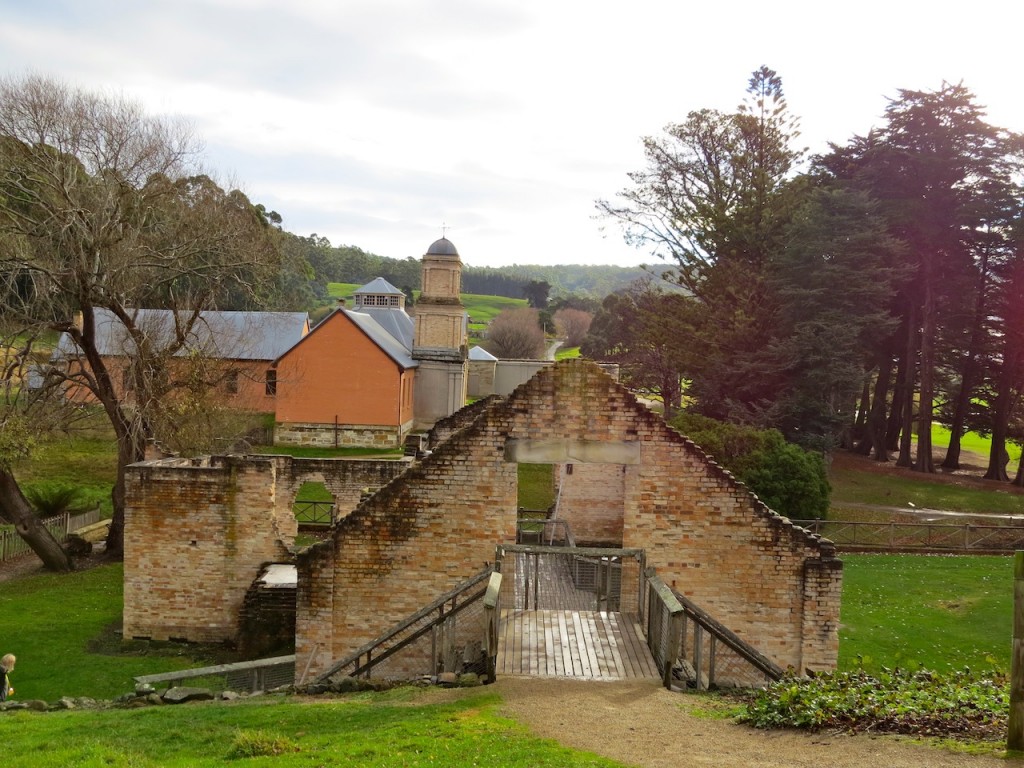

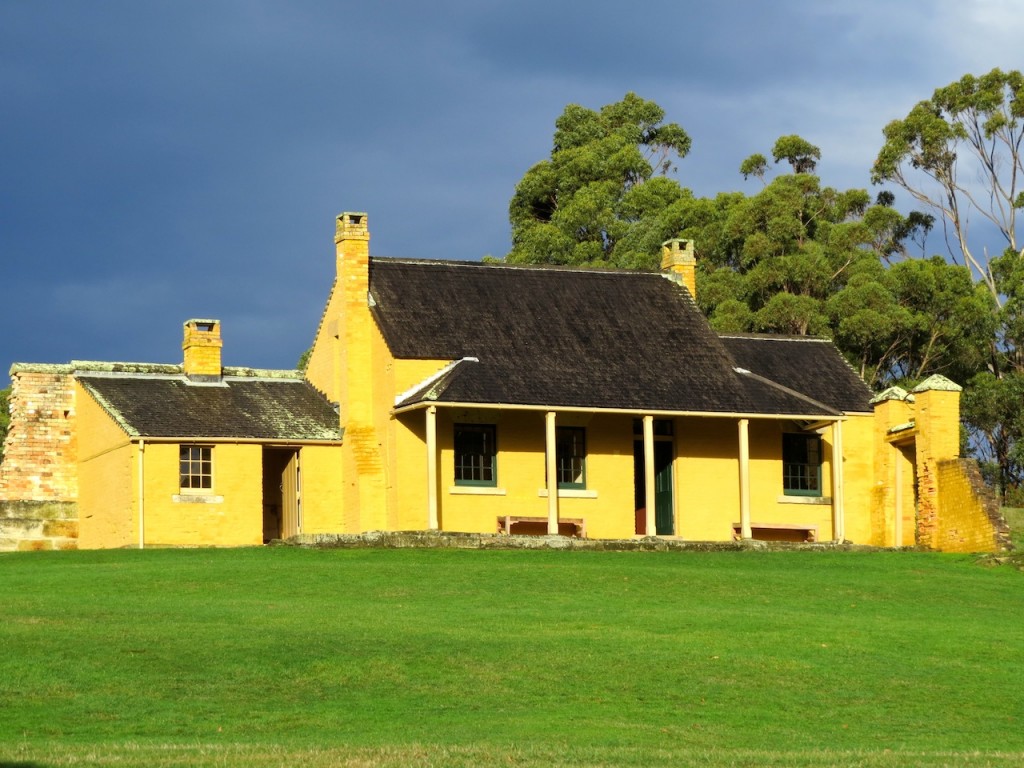
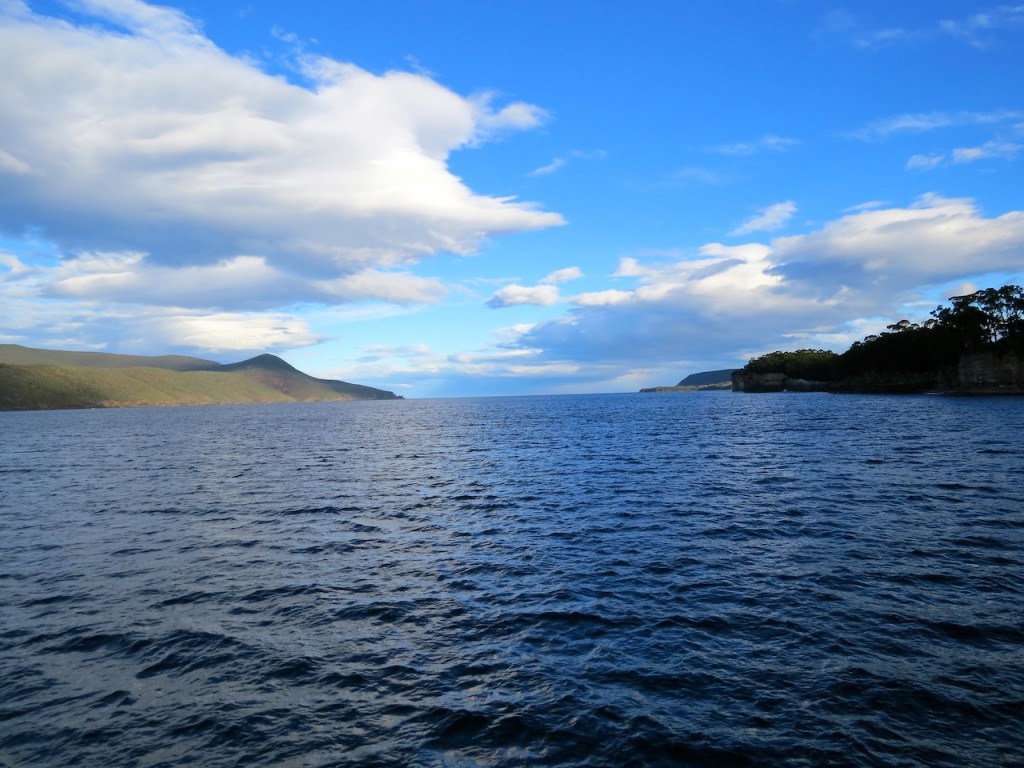
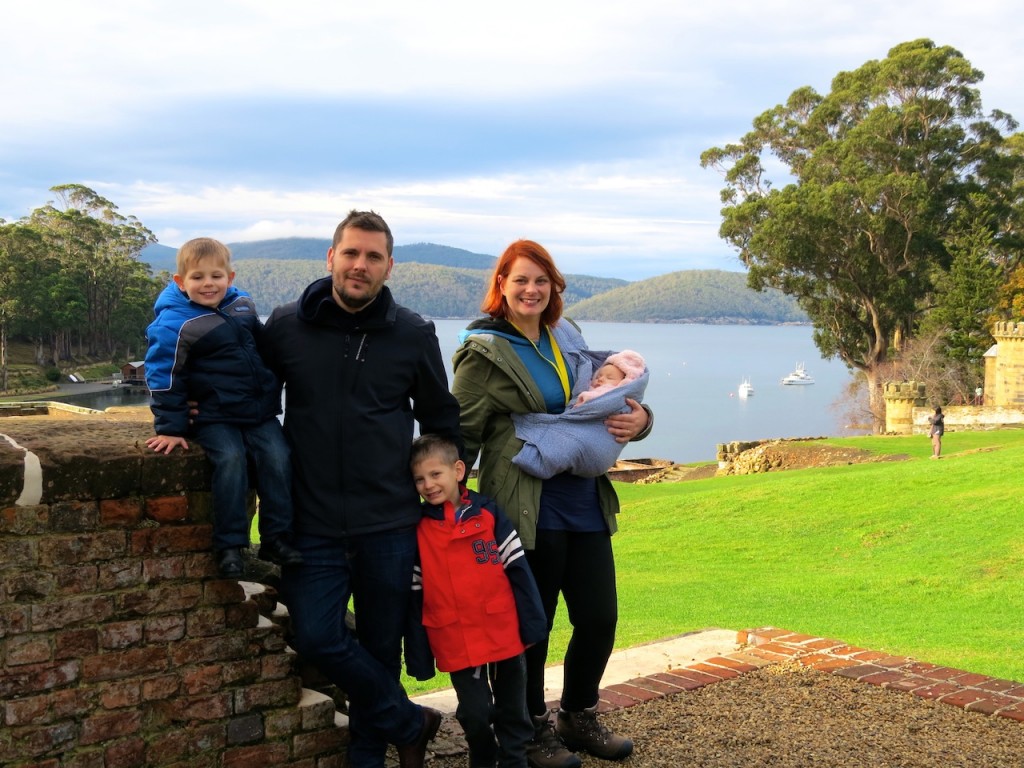



That was a terrible incident. I can quite understand them giving out information in pamphlet form and asking people to leave it at that.
I can also understand your other worries with the kids – we ended up choosing not to visit during our stop in Tasmania, though it’s definitely easier to explain things that happened long ago when society was quite different.
Bron – we thought long and hard about whether we visited with our kids – and I am glad we decided to. For little boys fascinated with pirates the convict experience of arriving on tall ships wasn’t too different, and I don’t feel they were exposed to content that was disturbing.